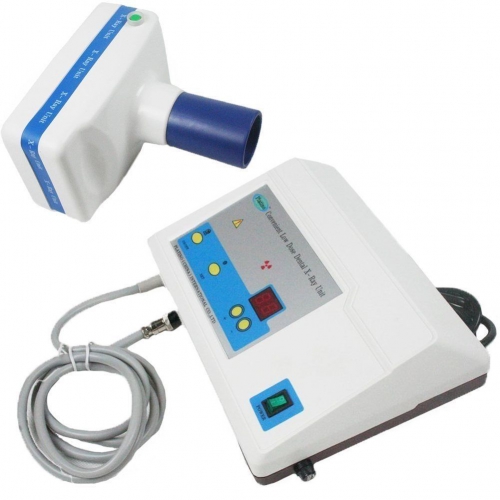Digital dentistry refers to the use of computers and computer-controlled equipment in the provision of dental care. It encompasses things such as computer-aided diagnostic imaging, computer-aided design and fabrication of dental restorations such as crowns for individual patients, and dental lasers. Digital dentistry techniques have grown in popularity in recent years with the advance of computers and other technologies such as digital sensors.
When contemplating the change to digital dental in your practice, the choices can be confusing for the dentist. Dental radiography has evolved from film and chemical developers into a highly technical process that involves various types of dental x-ray machines, as well as powerful dental software programs to assist the dentist with image acquisition and diagnostic analysis of the acquired images.
Instead of using electromagnetic radiation and chemical processing to record an X-ray onto film, digital versions use digital sensors to record images onto an image capture device, which then creates a digital image file. This file can then be used by medical staff members, and the file can be attached to a patient’s medical notes for future reference. It can be printed to paper or slide material so can be used the same as any standard X-ray, but without as much risk and usually at lower overall cost.
With digital dental X-rays, your dentist or other dental professional is able to immediately see your teeth and jaw bones. This means that assessment and diagnosis is virtually instantaneous. Like old fashioned dental X-rays, digital dental X-rays are used by your dentist to take images of your mouth, including tooth structure and your jaw bones. In order to take the digital images, your dentist – or a dental technician – will place a small sensor in your mouth, carefully positioned. This small sensor is connected to the processing computer by a very thin wire.
Replacing physical photographs with computer data also eliminates the expense of processing and storing these pictures and makes it easier to quickly send a patient’s information to another dentist or an insurance company. The ability to use computer enhancement of images can also help to compensate for flaws in the original image, such as overexposure or under exposure, and so reduces the need to retake images, which saves time and reduces the patient’s exposure to radiation.


